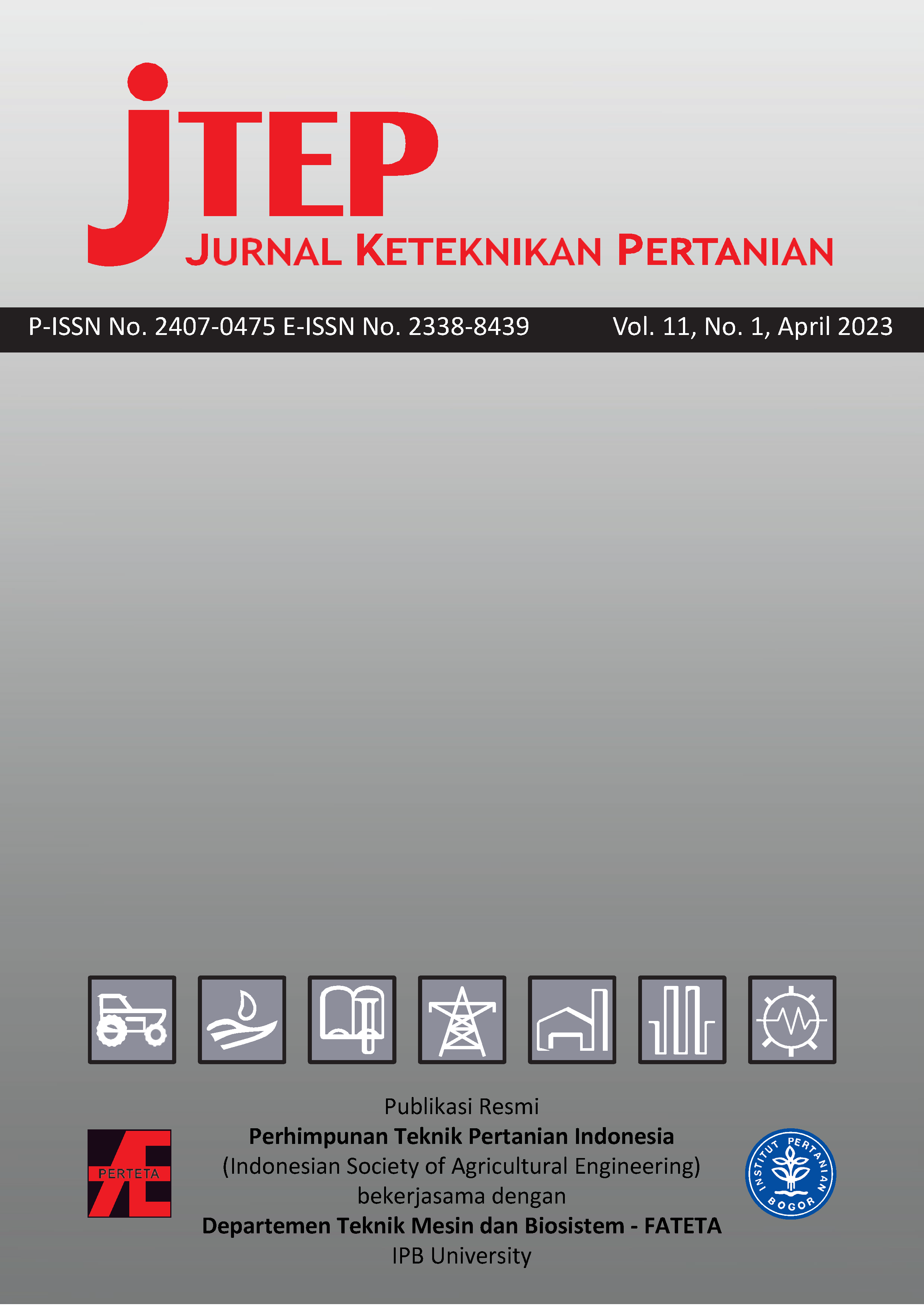Main Article Content
Abstract
Sigupai is one of the local rice varieties that characterizes the Southwest Aceh district. This variety has many outstanding characteristics that make this variety a commodity that is in great demand and expensive. The existence of this variety is now challenging to find. The harvest age is long enough so that people rarely cultivate sigupai variety. As a result, many traders or farmers often practice adulteration, which will ultimately incur losses for consumers. The purpose of this study was to analyze the authenticity of sigupai rice based on non-destructive qualitative and quantitative analysis using a portable near-infrared spectrometer. Qualitative analysis used 86 samples consisting of 43 sigupai rice and 43 inpari rice, while quantitative analysis used 44 rice samples mixed between sigupai rice and inpari rice with a percentage of 0% - 30%. The two approaches were applied by partial least square-discriminant analysis (PLS-DA) and partial least square regression (PLS-R) for qualitative and quantitative analysis. Qualitative analysis using the partial least square-discriminant analysis (PLS-DA) method obtained the best results for validation data using original data with accuracy, sensitivity, specificity, and false alarm rate, respectively 89.29%, 92.86%, 85.71%, and 14.29%. At the same time, the quantitative analysis used the partial least squares regression (PLS-R) method. The best results were obtained using derivative SG1 pre-treatment with r = 0.96, SEC = 1.52%, SEP = 1.50%, RPD = 5.93, and consistency = 100.69%. From this study, the portable near-infrared spectrometer has the potential to be used as a tool for analyzing the authenticity of sigupai rice in the field.
Keywords
Article Details

This work is licensed under a Creative Commons Attribution-ShareAlike 4.0 International License.
Authors submitting manuscripts should understand and agree that copyright of manuscripts of the article shall be assigned/transferred to Jurnal Keteknikan Pertanian. This work is licensed under a Creative Commons Attribution-ShareAlike 4.0 International License (CC BY-SA) where Authors and Readers can copy and redistribute the material in any medium or format, as well as remix, transform, and build upon the material for any purpose, but they must give appropriate credit (cite to the article or content), provide a link to the license, and indicate if changes were made. If you remix, transform, or build upon the material, you must distribute your contributions under the same license as the original.
